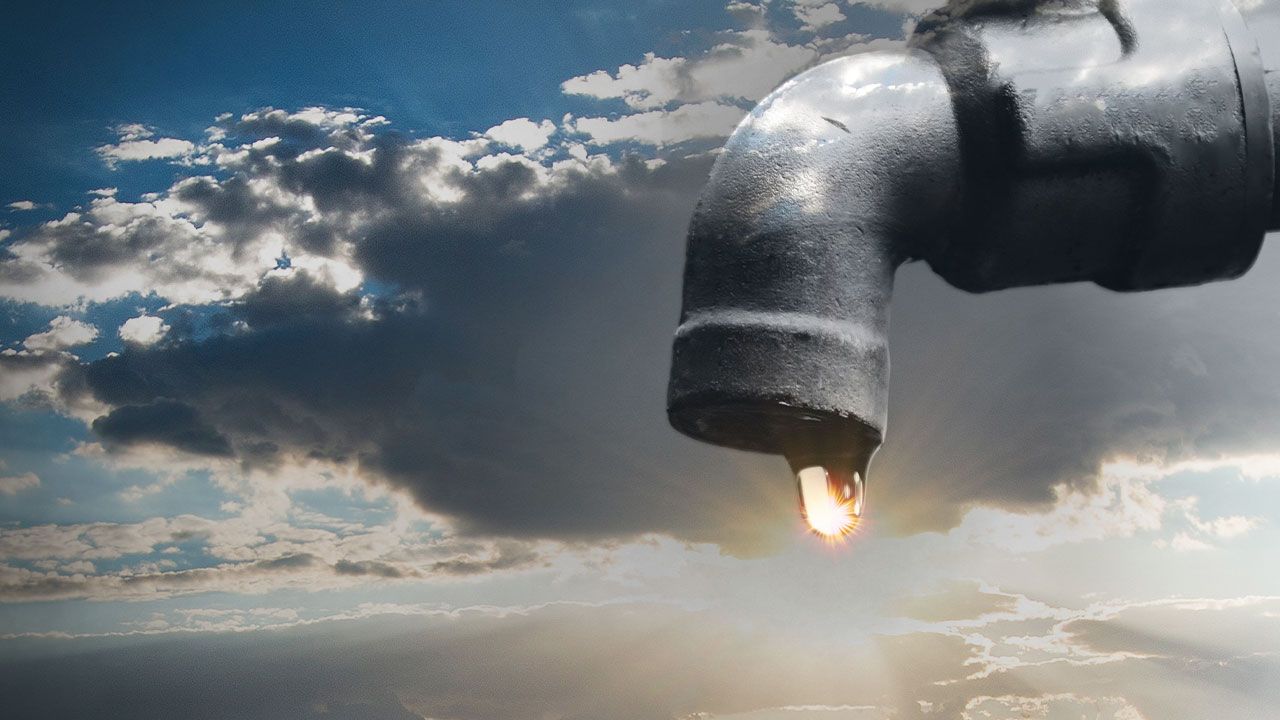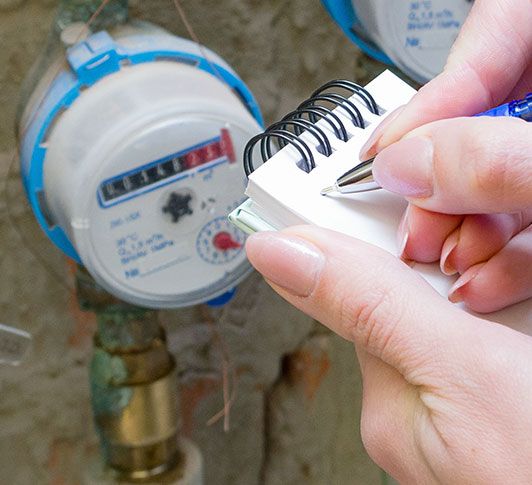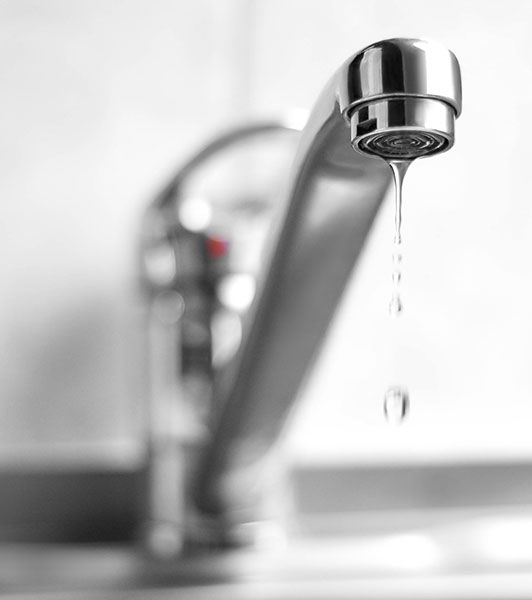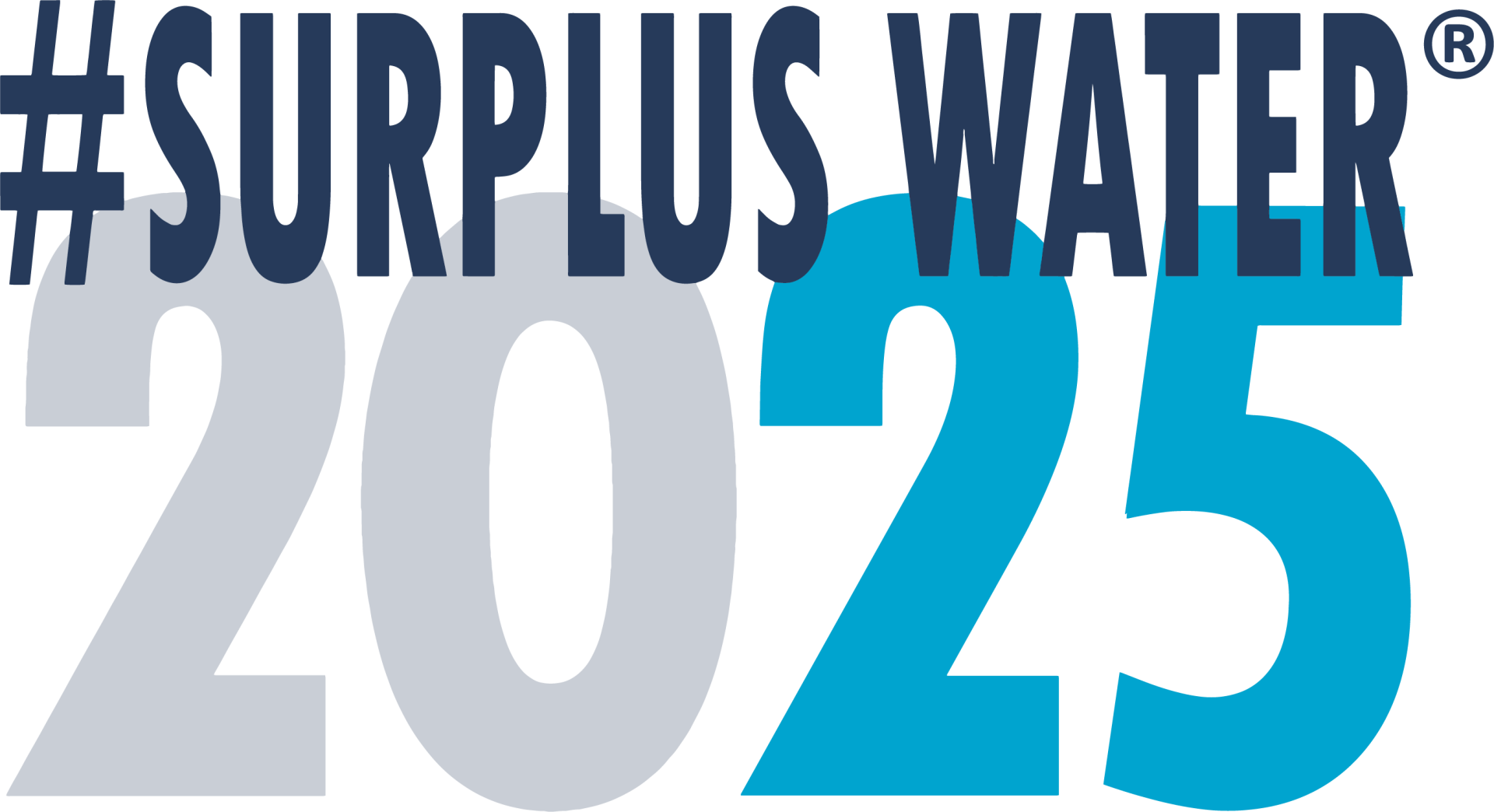Fighting a giant, drop by drop
Nov 7
/
Droppie

Water scarcity is a giant problem and it's not a friendly giant, it is a monster! We are already ‘demanding’ more freshwater than what is available to us. The uncomfortable truth is, if we don’t take a serious look at our water demand, and act accordingly, we will find ourselves with extreme water scarcity by 2030.
Whenever we face a problem of gigantic proportions, the fight or flight response kicks in. We either want to run away from it, or we want to fight the giant. The environmental issues we face today are overwhelming to say the least. Some people flee from it and try hard to pretend that it does not exist. Others choose to pick a fight, charging the internet armed with one-sided monologues or jumping in with hasty solutions that may result in an even bigger problem.
How should we respond when a giant appears on our doorstep? Stay calm and study the giant first. Is it a big friendly giant or a scary monster? Where did it come from? How old is it? If it is a monster, decide on what actions would bring it down, and then take action.
Water scarcity in South Africa is a giant problem and it is urgent, but running away or making ill-advised decisions is not a solution.
So what is the solution and how can each of us do our part?
1. Know how much you use

Start by looking at your own water usage. You don’t have to wait for your water bill. Take manual meter readings regularly and roughly at the same time every week or day. This will give you a baseline to measure your water saving efforts going forward. How much water are you using daily, weekly, and monthly?
2. Use only the water you need
Now that you are aware of your water usage, consider it carefully and decide where and how to reduce consumption. You will be surprised at how much you can lower your demand by simply being water aware and making a few small adjustments.
Here are things you can try:
Give it a test and see what the impact on your daily usage is.
Here are things you can try:
- Close the tap while brushing your teeth, soaping your hands or shaving
- Use a bowl to rinse your dishes
- Look for obvious leaks from taps or toilets
Give it a test and see what the impact on your daily usage is.
3. Take action
While you are turning your daily water wise choices into healthy habits, focus on efficiency. Check your toilets and taps to see if they are working effectively. Fix any visible leaks like dripping taps and running toilets. Hunt down invisible leaks, like the silent water leaking into the toilet bowl. Fix it. Take a step further and focus on efficiency. Try a few cost effective options like aerators and interrupted flushing mechanisms.

4. Measure and manage, continuously
While keeping up the good work on measuring your water usage and managing your demand, stay aware! With knowledge of your historic water usage and a firm grip on your day to day demand, it’s easy to spot any irregular increases. Find the leaks and fix them. Maintain a healthy baseline by following the cycle of measuring, managing, considering the options, and acting.
In the wise words of one of our favourite Big Friendly Giants:

Keep the problem in front of the schnozzle. Measure it, understand it, manage it!
If 20-25% of owners of a water meter (household and business) start by measuring, understanding and managing their water usage, together, we can lower our demand enough to relieve the burden on a failing water network.
That is how we tackle this giant and start a movement.
That is how we tackle this giant and start a movement.
Do you know what you use….and save?
Empty space, drag to resize
Measuring is key to effective water management. The contributing partners to #SurplusWater2025 are measuring their savings. To date, we have saved more than 2.4 billion litres of water... and counting.
Empty space, drag to resize
Join the conversation
Write your awesome label here.
Write your awesome label here.
Write your awesome label here.
Follow us on Facebook or Instagram for more Stories of Water and easy-to-adopt healthy water saving habits. Together we can do this!
Sign up for FREE access to the Water Matters 101 course.
Who we are
A community of water warriors, working together to raise water awareness, saving every drop and together, aiming for surplus water in South Africa.
Get in touch
-
South Africa, Earth :)
-
droppie@surpluswater2025.com
#SurplusWater2025 Copyright © 2026
